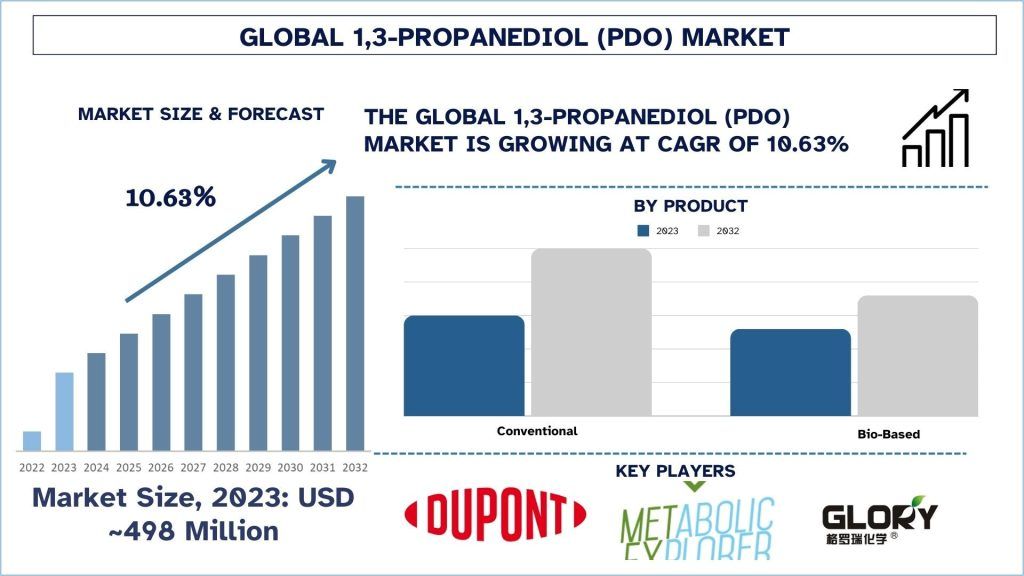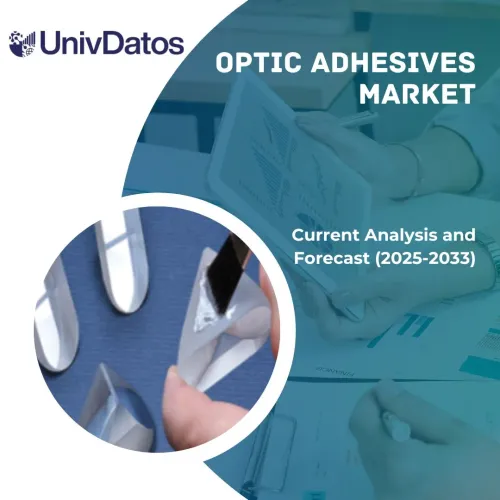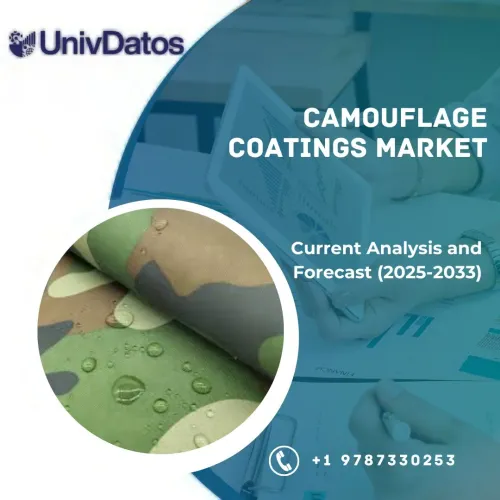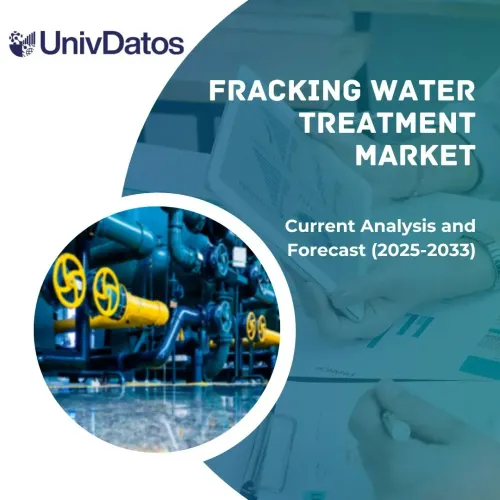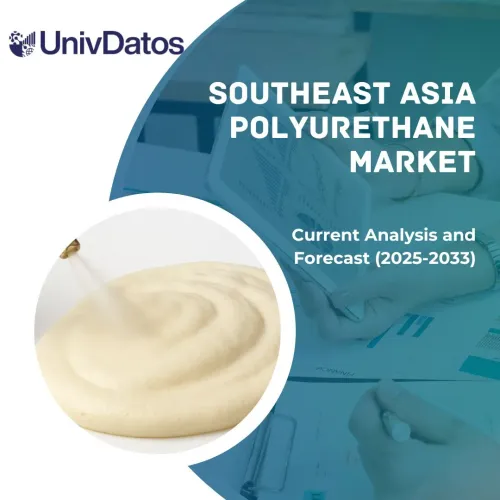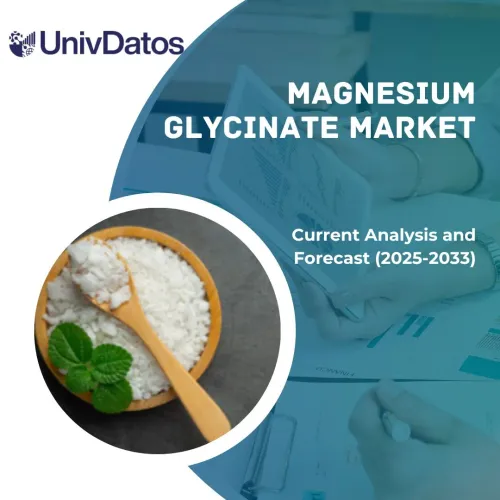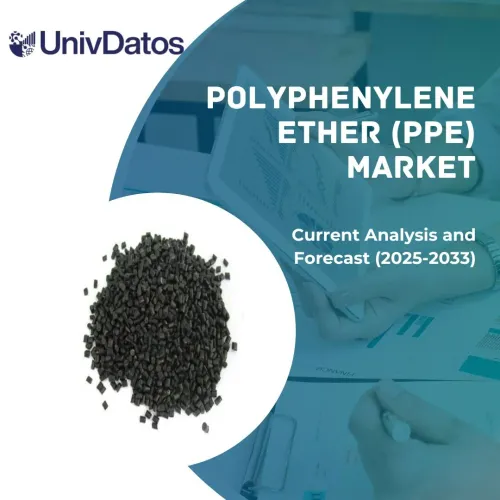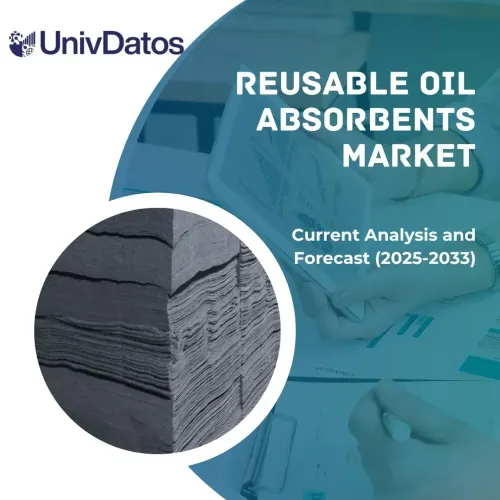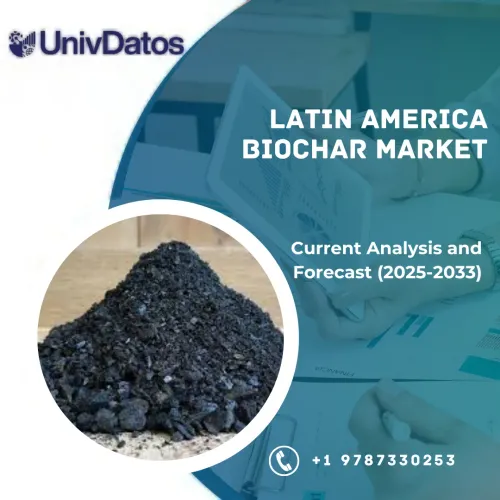1,3-프로판다이올(PDO) 시장 규모 및 예측
1,3-프로판다이올(PDO) 시장은 2023년에 4억 9,800만 달러로 평가되었으며 2024-2032년에는 연평균 성장률(CAGR) 10.63%로 성장할 것으로 예상됩니다. 1,3-프로판다이올(PDO)은 폴리머, 수지 및 화장품의 화학 전구체로 널리 사용되는 중요한 화학 중간체입니다. 특히 폴리트리메틸렌 테레프탈레이트에서 바이오 기반 물질에 사용되기 때문에 최근 몇 년 동안 부상했으며 섬유 및 포장재에 응용됩니다. 친환경 제품에 대한 선호도가 높아짐에 따라 기존 석유화학 PDO에서 옥수수 포도당과 같은 재생 가능한 공급 원료에서 얻은 바이오 기반 PDO로 전환하는 데 중요한 역할을 했습니다.
PDO 시장은 퍼스널 케어, 자동차 및 산업 응용 분야를 포함한 다양한 산업에서 다재다능하고 광범위하게 사용되기 때문에 빠르게 성장할 것으로 예상됩니다. 화장품 및 퍼스널 케어 산업에서 PDO는 보습 능력과 석유 기반 글리콜 대체재로 인정받고 있습니다. 또한 생분해성 플라스틱 및 고성능 폴리머에 대한 응용 분야는 특히 전 세계적으로 친환경 제품에 대한 수요가 증가함에 따라 또 다른 기회를 제공합니다. 저렴한 생명공학 생산 플랫폼의 출현과 바이오 기반 생체 분자 회사와 중요 부문 간의 생산적인 전략적 제휴는 시장 접근성을 향상시킬 것으로 예상됩니다.
1,3-프로판다이올(PDO) 시장 분석
산업 응용 분야: PDO의 주요 용도는 섬유 및 카펫에서 높은 성능으로 인해 수요가 높은 바이오 기반 폴리머인 PTT 생산에 있습니다. PTT의 광범위한 사용으로 이어진 일부 속성에는 특히 패션 및 가정용 가구 산업에서 높은 고무와 같은 특성, 얼룩 저항성 및 내구성이 포함됩니다.
기술 발전: PDO 생산, 특히 바이오 소스에서 발효 기술이 향상됨에 따라 PDO는 더욱 접근 가능하고 저렴해졌습니다. 이러한 기술은 PDO의 용도와 시장 영역을 크게 확장한 실용적이고 비용 절감적인 측면을 자극했습니다.
1,3-프로판다이올(PDO) 시장 동향
섬유 및 의류에서 채택 증가: 이러한 추세 중 하나는 PDO 시스템을 구현한 섬유 및 의류 산업의 회사 수가 증가했다는 것입니다. PDO로 합성된 폴리트리메틸렌 테레프탈레이트(PTT)는 향상된 탄성, 얼룩 및 마모 저항성으로 인해 고성능 섬유 소재로 빠르게 시장 인기를 얻고 있습니다. PDO와 같은 지속 가능한 구성 요소에 대한 의존도로 인해 패션 산업에서 PTT의 확장은 시장을 강화합니다.
바이오 기반 제품의 부상: 바이오 기반 및 재생 가능 제품의 사용으로의 추세 변화는 PDO 시장의 주요 동인으로 간주됩니다. 사람들은 개인 및 직업 생활 모두에서 지속 가능한 관행으로 전환하고 있으며 이는 바이오 기반 화학 물질인 PDO에 대한 필요성을 촉진합니다. 이러한 추세는 피부에 순하고 환경 친화적인 소재이기 때문에 퍼스널 케어 제품에서 PDO 사용이 증가한 데서 확인할 수 있습니다.
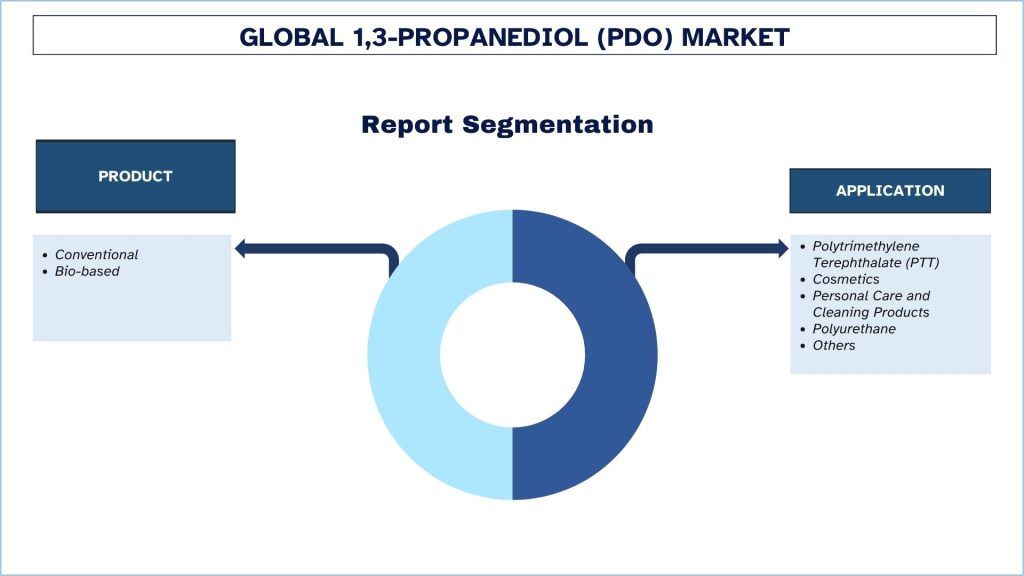
북미는 예측 기간 동안 상당한 연평균 성장률로 성장할 것으로 예상됩니다.
북미는 1,3-프로판다이올(PDO) 시장의 확장에 크게 기여했습니다. 이러한 지배력의 주요 요인은 PDO 제조업체와의 가용성, 고급 기술 구조 및 바이오 기반 제품으로의 전환입니다. 특히 미국은 비용 및 자원 효율성을 향상시키는 바이오 기반 발효를 포함한 PDO 생산 공정 개발의 최전선에 있었습니다. 또한 지속 가능한 폴리머 생산에 사용되며 제조 공정에 PDO가 필요한 PTT에 대한 꾸준한 수요가 있으며 의류, 자동차 및 포장 산업에서 북미 내에서 유명합니다. PDO 채택을 추진한 또 다른 요인은 탄소 배출량을 줄이고 생산에서 친환경적으로 전환하려는 지역의 강조입니다.
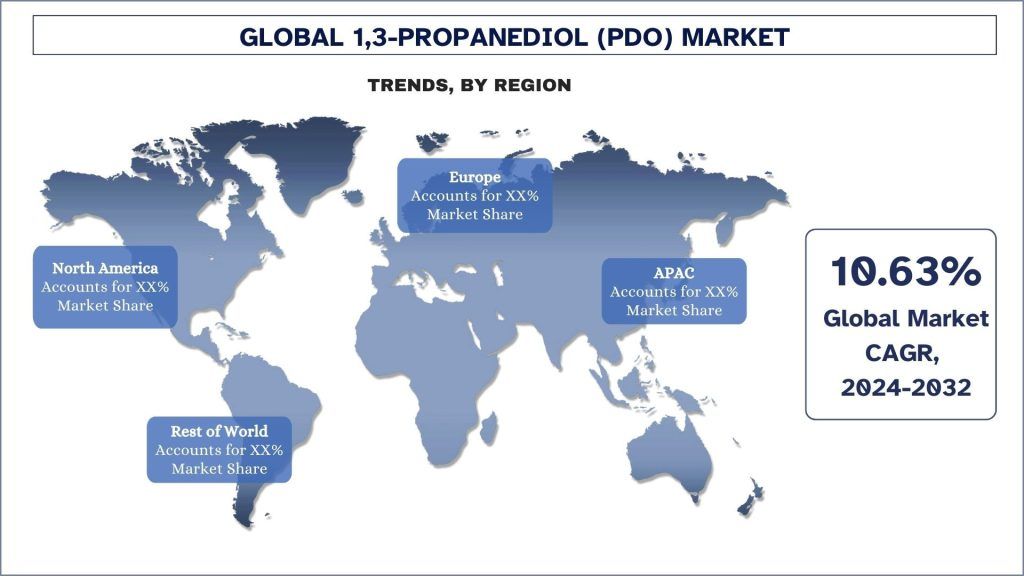
1,3-프로판다이올(PDO) 산업 개요
1,3-프로판다이올(PDO) 시장은 경쟁이 치열하고 파편화되어 있으며 여러 글로벌 및 국제 시장 참여자가 존재합니다. 주요 업체는 파트너십, 계약, 협업, 신제품 출시, 지리적 확장, 합병 및 인수와 같은 다양한 성장 전략을 채택하여 시장 입지를 강화하고 있습니다. 시장에서 활동하는 주요 업체로는 DuPont, Metabolic Explorer, Zhangjiagang Glory Biomaterial Co., Ltd., Zouping Mingxing Chemical Co., Ltd., Shell Chemicals LP, Merck KGaA, Tokyo Chemical Industry Co., Ltd., Otto Chemie Pvt Ltd., Primient Covation LLC, 및 Haihang Industry가 있습니다.
1,3-프로판다이올(PDO) 시장 보고서 범위
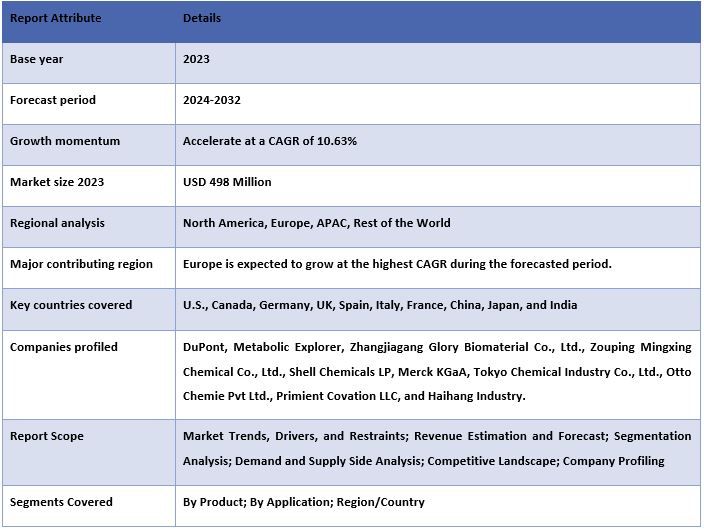
이 보고서를 구매해야 하는 이유:
- 이 연구에는 인증된 주요 산업 전문가가 검증한 시장 규모 측정 및 예측 분석이 포함됩니다.
- 이 보고서는 전체 산업 성과에 대한 빠른 검토를 한눈에 제공합니다.
- 이 보고서는 주요 비즈니스 재무, 제품 포트폴리오, 확장 전략 및 최근 개발에 중점을 두고 주요 산업 동료에 대한 심층 분석을 다룹니다.
- 산업 전반에 걸쳐 널리 퍼져있는 동인, 제약, 주요 동향 및 기회에 대한 자세한 조사.
- 이 연구는 다양한 부문에 걸쳐 시장을 포괄적으로 다룹니다.
- 산업에 대한 심층적인 지역 수준 분석.
맞춤화 옵션:
글로벌 1,3-프로판다이올(PDO) 시장은 요구 사항 또는 기타 시장 부문에 따라 추가로 맞춤화할 수 있습니다. 이 외에도 UMI는 귀하가 자체 비즈니스 요구 사항을 가지고 있음을 이해하므로 귀하의 요구 사항에 완전히 적합한 보고서를 얻으려면 언제든지 저희에게 연락하십시오.
목차
1,3-프로판다이올(PDO) 시장 분석(2024-2032)을 위한 연구 방법론
글로벌 1,3-프로판다이올(PDO) 시장의 과거 시장 분석, 현재 시장 추정, 미래 시장 예측은 전 세계 주요 지역에서 1,3-프로판다이올(PDO)의 채택을 분석하고 파악하기 위해 수행된 세 가지 주요 단계였습니다. 과거 시장 수치를 수집하고 현재 시장 규모를 추정하기 위해 광범위한 2차 연구가 수행되었습니다. 둘째, 이러한 통찰력을 검증하기 위해 수많은 조사 결과와 가정을 고려했습니다. 또한 글로벌 1,3-프로판다이올(PDO) 시장의 가치 사슬 전반에 걸쳐 업계 전문가와 심층적인 1차 인터뷰도 진행했습니다. 1차 인터뷰를 통해 시장 수치를 가정하고 검증한 후, 전체 시장 규모를 예측하기 위해 하향식/상향식 접근 방식을 사용했습니다. 이후 산업에 관련된 세분 시장 및 하위 세분 시장의 시장 규모를 추정하고 분석하기 위해 시장 세분화 및 데이터 삼각 측량 방법을 채택했습니다. 자세한 방법론은 아래에 설명되어 있습니다.
과거 시장 규모 분석
1단계: 2차 출처에 대한 심층 연구:
연례 보고서 및 재무 제표, 성과 발표, 보도 자료 등과 같은 회사 내부 출처와 저널, 뉴스 및 기사, 정부 간행물, 경쟁사 간행물, 부문 보고서, 타사 데이터베이스 및 기타 신뢰할 수 있는 간행물을 포함한 외부 출처를 통해 1,3-프로판다이올(PDO) 시장의 과거 시장 규모를 확보하기 위해 상세한 2차 연구를 수행했습니다.
2단계: 시장 세분화:
1,3-프로판다이올(PDO) 시장의 과거 시장 규모를 확보한 후 상세한 2차 분석을 수행하여 주요 지역에 대한 다양한 세분 시장 및 하위 세분 시장의 과거 시장 통찰력과 점유율을 수집했습니다. 주요 세분 시장은 제품 및 응용 분야로 보고서에 포함되어 있습니다. 또한 해당 지역에서 테스트 모델의 전반적인 채택을 평가하기 위해 국가 수준 분석을 수행했습니다.
3단계: 요인 분석:
다양한 세분 시장 및 하위 세분 시장의 과거 시장 규모를 확보한 후 1,3-프로판다이올(PDO) 시장의 현재 시장 규모를 추정하기 위해 상세한 요인 분석을 수행했습니다. 또한 1,3-프로판다이올(PDO) 시장의 제품 및 응용 분야와 같은 종속 변수와 독립 변수를 사용하여 요인 분석을 수행했습니다. 전 세계 1,3-프로판다이올(PDO) 시장 부문에서 주요 파트너십, 합병 및 인수, 사업 확장, 제품 출시를 고려하여 수요 및 공급 측면 시나리오에 대한 철저한 분석을 수행했습니다.
현재 시장 규모 추정 및 예측
현재 시장 규모 산정: 위의 3단계에서 얻은 실행 가능한 통찰력을 바탕으로 현재 시장 규모, 글로벌 1,3-프로판다이올(PDO) 시장의 주요 기업 및 세분 시장의 시장 점유율을 파악했습니다. 필요한 모든 백분율 점유율 분할 및 시장 세분화는 위에서 언급한 2차 접근 방식을 사용하여 결정되었으며 1차 인터뷰를 통해 확인되었습니다.
추정 및 예측: 시장 추정 및 예측을 위해 이해 관계자에게 제공되는 동인 및 추세, 제약 및 기회를 포함한 다양한 요인에 가중치를 부여했습니다. 이러한 요인을 분석한 후 관련 예측 기술(즉, 하향식/상향식 접근 방식)을 적용하여 전 세계 주요 시장에서 다양한 세분 시장 및 하위 세분 시장에 대한 2032년 시장 예측을 산출했습니다. 시장 규모를 추정하기 위해 채택된 연구 방법론은 다음과 같습니다.
- 수익(USD) 측면에서 산업의 시장 규모 및 국내 주요 시장에서 1,3-프로판다이올(PDO) 시장의 채택률
- 시장 세분 시장 및 하위 세분 시장의 모든 백분율 점유율, 분할 및 세분화
- 제공되는 제품과 관련된 글로벌 1,3-프로판다이올(PDO) 시장의 주요 기업. 또한 빠르게 성장하는 시장에서 경쟁하기 위해 이러한 기업이 채택한 성장 전략.
시장 규모 및 점유율 검증
1차 연구: 주요 지역의 최고 경영진(CXO/VP, 영업 책임자, 마케팅 책임자, 운영 책임자, 지역 책임자, 국가 책임자 등)을 포함한 핵심 오피니언 리더(KOL)와 심층 인터뷰를 진행했습니다. 그런 다음 1차 연구 결과를 요약하고 통계 분석을 수행하여 명시된 가설을 입증했습니다. 1차 연구의 입력은 2차 연구 결과와 통합되어 정보를 실행 가능한 통찰력으로 전환했습니다.
다양한 지역의 1차 참가자 분할
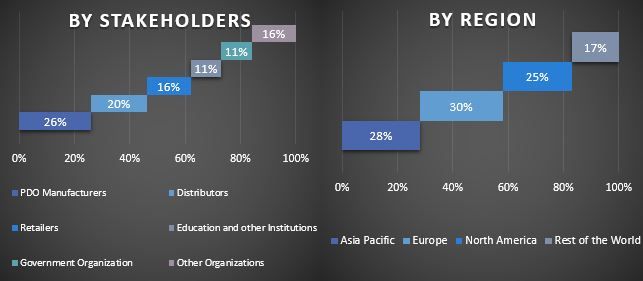
시장 엔지니어링
데이터 삼각 측량 기술을 사용하여 전체 시장 추정을 완료하고 글로벌 1,3-프로판다이올(PDO) 시장의 각 세분 시장 및 하위 세분 시장에 대한 정확한 통계 수치를 산출했습니다. 데이터를 글로벌 1,3-프로판다이올(PDO) 시장의 제품 및 응용 분야에서 다양한 매개변수와 추세를 연구한 후 여러 세분 시장 및 하위 세분 시장으로 분할했습니다.
글로벌 1,3-프로판다이올(PDO) 시장 연구의 주요 목표
글로벌 1,3-프로판다이올(PDO) 시장의 현재 및 미래 시장 동향이 연구에서 정확히 지적되었습니다. 투자자는 연구에서 수행된 질적 및 양적 분석을 기반으로 투자를 위한 재량권을 확보하기 위한 전략적 통찰력을 얻을 수 있습니다. 현재와 미래의 시장 동향은 지역 수준에서 시장의 전반적인 매력도를 결정하여 산업 참가자가 미개척 시장을 활용하여 최초 진입자 이점을 통해 이익을 얻을 수 있는 플랫폼을 제공합니다. 연구의 다른 양적 목표는 다음과 같습니다.
- 가치(USD) 측면에서 1,3-프로판다이올(PDO) 시장의 현재 및 예측 시장 규모를 분석합니다. 또한 다양한 세분 시장 및 하위 세분 시장의 현재 및 예측 시장 규모를 분석합니다.
- 연구의 세분 시장에는 제품 및 응용 분야가 포함됩니다.
- 1,3-프로판다이올(PDO)에 대한 규제 프레임워크를 정의하고 분석합니다.
- 다양한 중개인의 존재와 관련된 가치 사슬을 분석하고 산업의 고객 및 경쟁사 행동을 분석합니다.
- 주요 지역에 대한 1,3-프로판다이올(PDO) 시장의 현재 및 예측 시장 규모를 분석합니다.
- 보고서에서 연구된 지역의 주요 국가에는 아시아 태평양, 유럽, 북미 및 기타 지역이 포함됩니다.
- 빠르게 성장하는 시장에서 지속하기 위해 시장 참여자가 채택한 성장 전략 및 1,3-프로판다이올(PDO) 시장의 회사 프로필.
- 산업에 대한 심층적인 지역 수준 분석.
자주 묻는 질문 자주 묻는 질문
Q1: 1,3-프로판다이올(PDO) 시장의 현재 시장 규모와 성장 잠재력은 무엇입니까?
Q2: 1,3-프로판다이올(PDO) 시장 성장의 주요 동인은 무엇입니까?
Q3: 애플리케이션별 1,3-프로판디올(PDO) 시장에서 가장 큰 점유율을 차지하는 부문은 어디입니까?
Q4: 1,3-프로판다이올(PDO) 시장의 새로운 기술 및 트렌드는 무엇입니까?
Q5: 어느 지역이 1,3-프로판다이올(PDO) 시장을 지배할 것인가?
관련 보고서
이 상품을 구매한 고객님들도 함께 구매하신 상품

